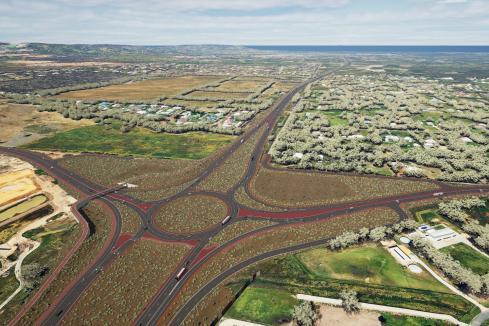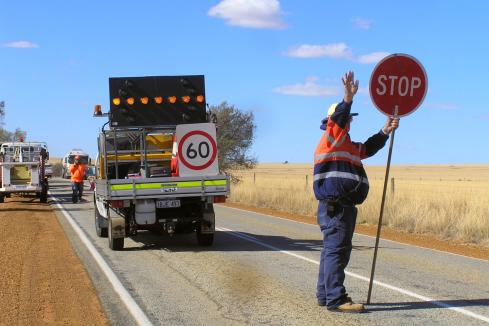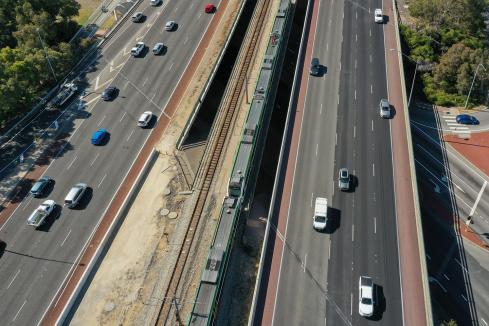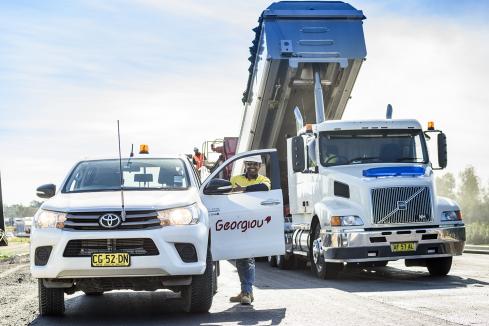A new report shows construction work in Western Australia has increased for the first time in five years, while warning that local industry must future-proof itself from capacity and capability risks.

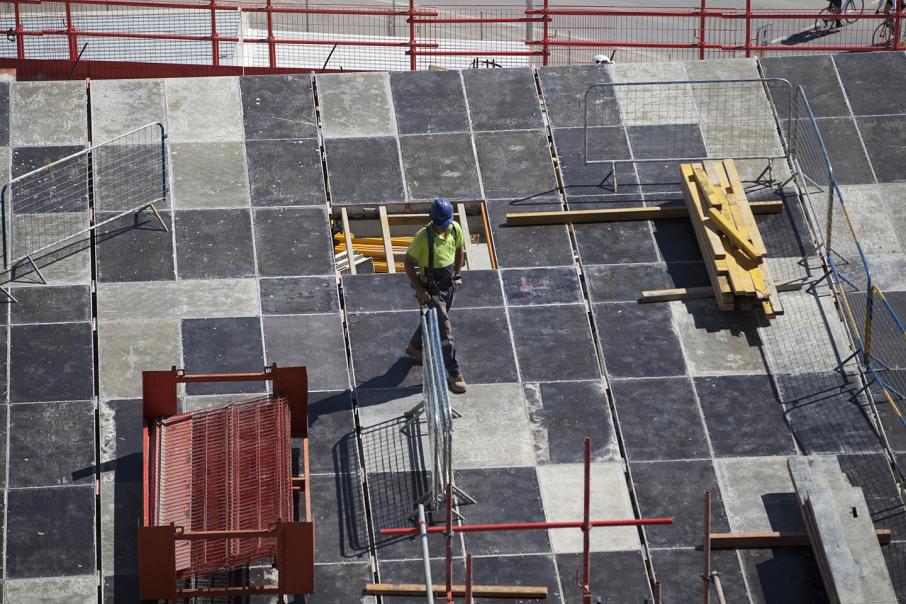
A new report shows construction work in Western Australia has increased for the first time in five years, while warning that local industry must future-proof itself from capacity and capability risks.
The fourth WA Infrastructure Report, commissioned by the Construction Contractors Association of WA (CCA) and the Civil Contractors Federation WA (CCF), revealed a 5 per cent increase in construction work in the 2017-18 financial year to $20.2 billion.
This figure excludes the oil and gas sector, which author BIS Oxford Economics said provided a better measure of local construction demand.
It was the first time in five years that the state has recorded a rise in that measure.
If the oil and gas industry is included, the state’s construction work jumped 21 per cent to about $42.8 billion, driven by the arrival of the Prelude floating offshore platform.
Outside of petroleum, engineering construction increased 15 per cent last year and is expected to rise further through to 2019-20, led by transport and mining construction.
Publicly funded infrastructure construction activity declined by 5 per cent in 2017-18 as weaker water, roads and telecommunications (primarily the National Broadband Network) work dragged down activity.
The report says overall construction will likely fall by about $16 billion next year due to an $18 billion reduction in oil and gas work.
But this masks a $2 billion improvement in non-oil and gas construction for 2018-19, led by a range of projects across mining, roads, rail, water and electricity.
According to the report’s list of major projects in WA, spending at BHP’s South Flank project ($500 million) and Rio Tinto’s Koodaideri mine ($550 million) will lead construction investment in the mining sector in 2018-19.
In the transport industry, spending of $380 million is expected on the Forrestfield Airport rail link project next year, while $463 million has been earmarked for the installation of the NBN.
The report indicates that while setbacks are expected in the early 2020s across telecoms, electricity and other minerals construction, a pipeline of transport projects including rail, road and harbours, along with the next phase of oil and gas, should keep engineering construction activity at levels higher than recent troughs.
BIS Oxford Economics associate director Adrian Hart said the WA economy was finally growing again, although growth would not be spectacular.
“Investment is the key, and governments need to keep looking at ways to fund public investment – and encourage private investment – that drives long-run economic activity and competitiveness, boosts population growth and stimulates employment,” he said.
“But there are challenges to growth. Just as the Australian economy and construction industry restructured to meet the demands of the resources investment boom, it has since restructured to meet the demands of the infrastructure boom on the east coast.
“For WA businesses this means understanding the outlook by sector and what this entails for demands for skilled labour, equipment and materials, recognising that costs are likely to rise from here and to price tenders accordingly.
“For governments, this means making your future demands on industry as clear as possible through a long-term committed pipeline, and considering more collaborative approaches that will encourage industry participation and sustainability and, in so doing, will give the greatest bang for the infrastructure buck.”
CCF WA chief executive Andy Graham said the collapse in activity in WA since the end of the mining boom had affected the local contracting industry.
“Now, however, as the WA market finally shows clear signs of recovery, we are already facing capacity and capability challenges,” he said.
“This report highlights some effective strategies that can address these challenges.
CCA WA chief executive Peter Moore welcomed the flagged upturn in the construction activity after the recent relatively low levels after the resources boom.









